Oral Surgery (tooth extractions)
You and your dentist may decide that you need a tooth extraction for any number of reasons. Some teeth are extracted because they are severely decayed; others may have advanced periodontal disease, or have broken in a way that cannot be repaired. Other teeth may need removal because they are poorly positioned in the mouth (such as impacted teeth), or in preparation for orthodontic treatment.
The removal of a single tooth can lead to problems related to your chewing ability, problems with your jaw joint, and shifting teeth, which can have a major impact on your dental health.
To avoid these complications, in most cases, the will discuss alternatives to extractions as well as replacement of the extracted tooth.
At the time of extraction the dentist will need to numb your tooth, jawbone and gums that surround the area with a local anaesthetic.
During the extraction process you will feel a lot of pressure. This is from the process of loosening the tooth and widening the socket to facilitate removal. If you do feel pain at any time during the extraction please let us know right away.
After Extraction Home Care
Bleeding
Some bleeding may occur. Placing a piece of moist gauze over the empty tooth socket and biting down firmly for 45 minutes can control this.
Blood clots that form in the empty socket
This is an important part of the healing process and you must be careful not to dislodge the clot.
- Avoid rinsing or spitting for 24 hours after the extraction.
- Avoid use of a straw, smoking or hot liquids.
Swelling
If swelling occurs you can place ice on your face for 10 minutes and off for 20 minutes. Repeat this cycle as you feel necessary for up to 24 hours.
Pain and Medications
If you experience pain you may use non-prescription pain relief medications such as Paracetamol or Ibuprofen.
Eating
For most extractions just make sure you do your chewing away from the extraction site. Stay away from hot liquids and alcoholic beverages for 24 hours. A liquid diet may be recommended for 24 hours.
Brushing and Cleaning
After the extraction avoid brushing the teeth near the extraction site for one day. After that you can resume gentle cleaning. Avoid commercial mouth rinses, as they tend to irritate the site. Beginning 24 hours after the extraction you can rinse with salt water (1/2 teaspoon in a cup of water) after meals and before bed.
Dry Socket
Dry socket occurs when a blood clot fails to form in the socket where the tooth has been extracted or the clot has been dislodged, and the healing is significantly delayed.
Following the post extraction instructions will reduce the chances of developing dry socket. Dry sockets manifest themselves as a dull throbbing pain, which doesn’t appear until three or four days after the extraction. The pain can be moderate to severe and radiate from the extraction area. Dry socket may cause a bad taste or bad breath and the extraction site appears dry.
Please book an appointment to apply a medicated dressing to the dry socket to soothe the pain.
Healing
After a tooth has been extracted there will be a resulting hole in your jawbone where the tooth was. In time, this will smooth and fill in with bone. This process can take many weeks or months. However, after 1-2 weeks you should no longer notice any inconvenience.

Get In Touch!

Contact Our Team Today
Just as you should visit your dentist twice a year, you should also aim to visit your hygienist every six months, unless directed otherwise.



